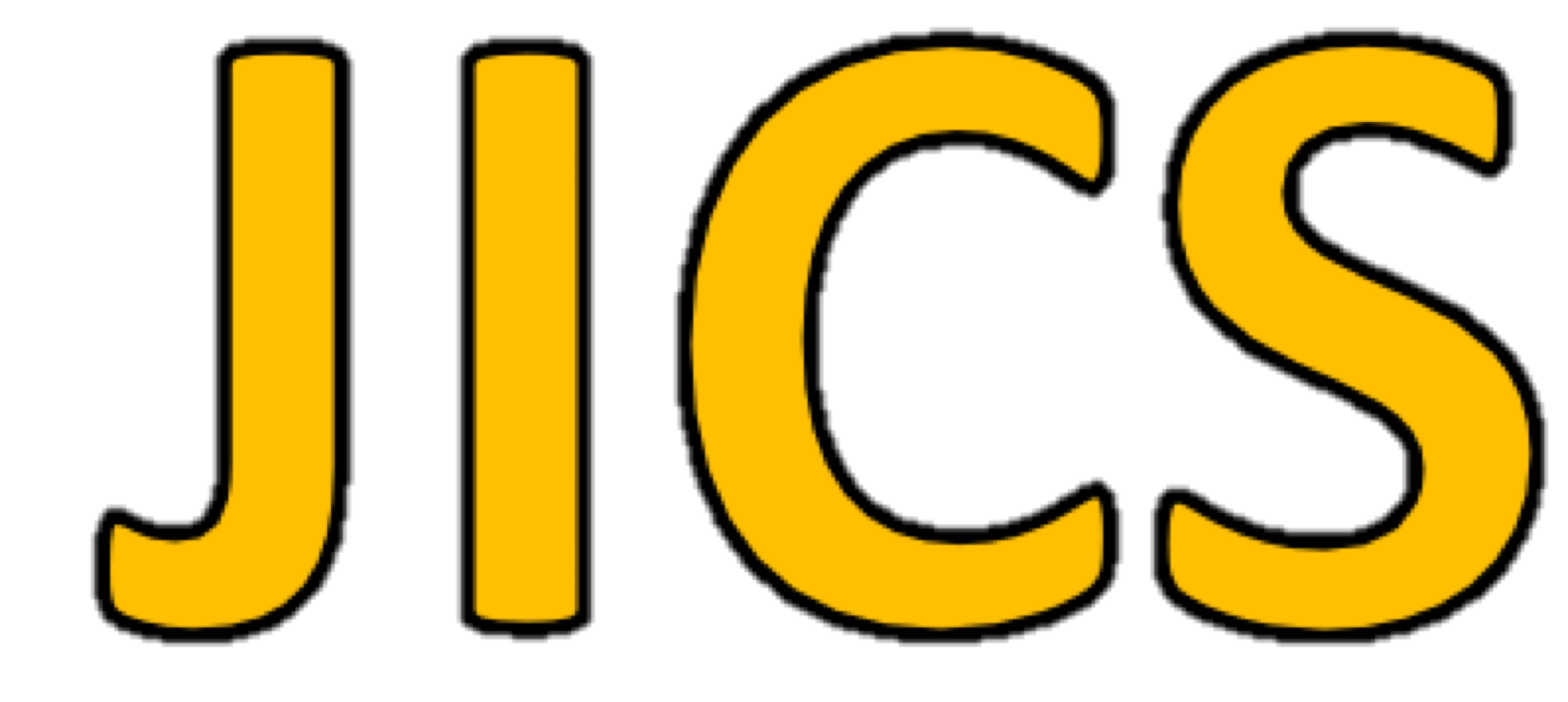Digital Library
Search: "[ keyword: SoC ]" (79)
-
Byung-Hye Lee, Vol. 18, No. 6, pp. 101-112, Dec. 2017
 10.7472/jksii.2017.18.6.101
10.7472/jksii.2017.18.6.101
Keywords: innovation characteristics, perceived risk, innovation resistance, Intention to Use, social TV -
Danielle Lee, Nak-Jun Sung, Jung-Gyu Lee, Jin Wook Choi, Seung-Ryul Jeong, Chul-Hyun Kim, Ahyoung Lee, Min Hong, Vol. 18, No. 4, pp. 7-18, Aug. 2017
 10.7472/jksii.2017.18.4.07
10.7472/jksii.2017.18.4.07
Keywords: Online Social Network, Information Similarity, Social Structure, Homophily, Badminton Training, Motion Analysis System, IoT sensor, Agility Test, U-Art Communication, Project Management, Performance Measurement, Bipolar Diagram, Dashboard -
Jaehee Cho, Haeyoung Cho, Vol. 18, No. 2, pp. 97-104, Apr. 2017
 10.7472/jksii.2017.18.2.97
10.7472/jksii.2017.18.2.97
Keywords: Older Adults, Online Community Use, Socialization, Social Isolation -
Juhyun Hong, Mina Lee, Vol. 18, No. 1, pp. 89-104, Feb. 2017
 10.7472/jksii.2017.18.1.89
10.7472/jksii.2017.18.1.89
Keywords: Social Media, media interactivity, human interactivity, user participation, Network analysis, diffusion of messages -
Seoh-Young Han, Yong-Won Kim, Bong-Gyou Lee, Vol. 12, No. 6, pp. 171-0, Dec. 2011
Keywords: Social Commerce, social network service, Cost Cutting, Word of Mouth, Moderating Effect -
Hyeon Jo, Joon-Yeon Choeh, Soung-Hie Kim, Vol. 12, No. 5, pp. 29-38, Oct. 2011
Keywords: social bookmarking, Web 2.0, tagging -
Mye M. Sohn, Hyun-Jung Lee, Vol. 12, No. 5, pp. 113-126, Oct. 2011
Keywords: Knowledge Customization, Social Web, Context-based Similarity, Case-based reasoning, Ontology -
Yong-Ju Lee, Vol. 12, No. 4, pp. 119-134, Aug. 2011
Keywords: RESTful web services, semantic ontologies, Association Rules, clustering, pattern analysis, hierarchical relationships -
Tai-Wan Kim, Bum-Jun Park, Tae-Keun Park, Vol. 11, No. 6, pp. 41-50, Dec. 2010
Keywords: augmented memory, social network service, associated words, affection -
Bong-Gyou Lee, Sung-Joon Lee, Hyun-Sik Seoh, Jun-Ho Kim, Vol. 11, No. 3, pp. 105-120, Jun. 2010
Keywords: Adoption of IPTV Services, Socio-cultural Factor, Flow Experience, Perceived Behavioral Control, Extended Technology Acceptance Model, ETAM





